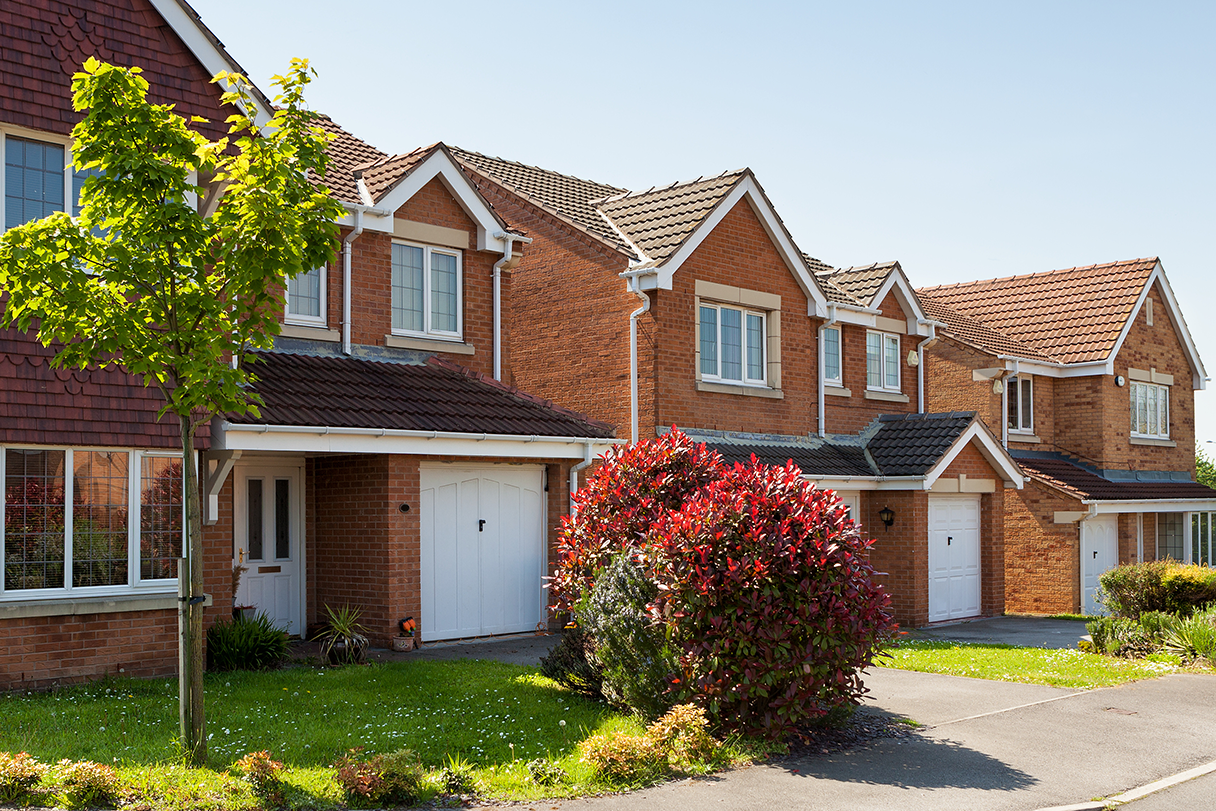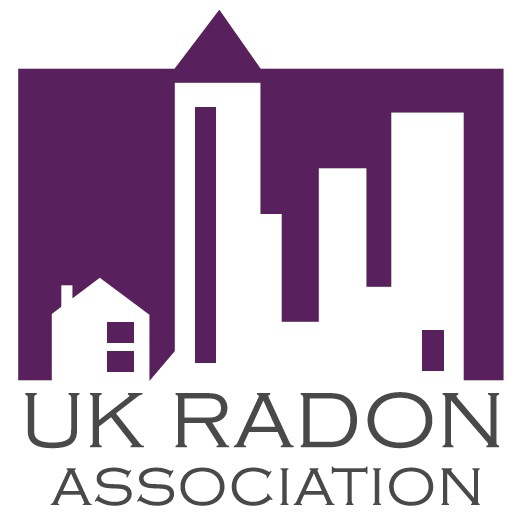There are several occasions when a radon measurement in the home is particularly important. For example, it is especially important to test for radon when buying or selling a house, remodelling, changing the home ventilation, or when a radon measurement has not been carried out in the last 10 years.
With experience and data from tens of thousands of radon measurements around the world, Radonova has identified common mistakes that often occur during home radon measurements. Avoid these five common mistakes to prevent unnecessary re-measurements and uncertainty with home radon levels.
The detectors are placed incorrectly
In some cases, detectors are only placed in basements or storage rooms because it is suspected that there are high radon levels there (which is often the case). Radon is a gas that is transported in the air, therefore it is best to also measure where home residents spend most of their time. Bedrooms, family rooms, living rooms, and home offices are important measuring points.
Place the detectors on a shelf or table against an interior wall that is free from ventilation sources like vents or air returns. Keep the test away from all windows, doorways, and exterior walls. If the test is in an air draft area or near a window it introduces too much fresh air to accurately measure your indoor radon levels. The detectors should also be placed on a shelf or table above the floor. If you order detectors from an accredited radon laboratory, you will receive clear instructions on where the detectors should be placed.
The measurement is carried out with too few detectors
It is important to test for radon throughout the home, especially for a first time measurement. It is often assumed that radon will be higher on the lower levels of a home, but it can be higher on upper floors. The only way to know is to test all floors.
Place at least one radon detector in the largest central lived in area on the lowest occupied level of the home such as a basement or first landing. Additionally, test the floor occupied the most and rooms on the floors where people spend 4 to 6 hours per day to see if the radon level is dissipating as it moves from floor to floor. This gives a general reading of the home’s entire air supply. It also simplifies the radon mitigation process if high radon levels are found.
If concerned about radon in a specific area, then place the test in that room or floor. However, a specialized test focused on one room or floor isn’t a replacement for a general test in a central area. With enough detectors the homeowner will get the most comprehensive overview of the radon exposure within the home. For those who live in a home with an outside building or guest house, measurement is recommended there as well. Radon levels can vary greatly between different buildings, even if they are close together.
All or parts of the measurement are done outside of the season
It is possible to measure the radon level all year round, but if you want an annual average value (which in most cases is a requirement) for your home or workplace, you should measure radon during the winter months, also called the heating months. It is usually during that period that properties are heated and windows and doors are closed. This creates a negative pressure in the house, which causes the radon level to rise as air is sucked in from the ground under the floor. Under these conditions, you get a high quality of the measurements and figures that are comparable to the radon limits, which you must stay below.
Measuring radon in the summer months is also useful. With the rise of energy-efficient home construction, homes can be extremely airtight and designed not to let air conditioning out during the summer or heat out during the winter. Taking both a winter and a summer measurement will ensure the most comprehensive assessment of home radon levels.
You order and use radon results from a laboratory that is not accredited
Today, most of the world’s radon laboratories are not accredited. This may seem a little strange considering that an accreditation guarantees the quality of a radon measurement by having the laboratory’s measurement processes regularly checked by independent organizations, among other things.
Accredited radon measurement means that measurement is done with radon detectors from a radon laboratory that is accredited according to ISO/IEC 17025 and follows the instructions that come with the detectors. An accreditation can also refer to different measurement methods. Therefore, it is important to check what types of measurements for which a laboratory is accredited.
The measurement is not carried out under normal conditions
For a radon measurement to be reliable, is important that it is carried out under as normal conditions as possible. This means, among other things, that one should not ventilate or use a fireplace more or less than normal. Additionally, home ventilation should not be adjusted during the radon measurement period. It should be used in the same way as it is when a radon measurement is not carried out.
A correctly carried out measurement gives residents clear information
Just as with radon measurement at workplaces, the human factor should not be underestimated when measuring radon in a home. Measure in such a way that every resident feels safe and knows what radon level they are exposed to. When a home gets new owners, it is also important that the new residents know what radon level they are exposed to and that it should be below the radon limits.
A final reminder is that it is not possible to predict and say that certain spaces in a home are “radon-proof”. The radon level can vary greatly even within the same floor. By making a correct measurement from the beginning, the residents receive trustworthy information while reducing the risk of having to carry out supplementary measurements.
Order a UK-Validated Test Kit







